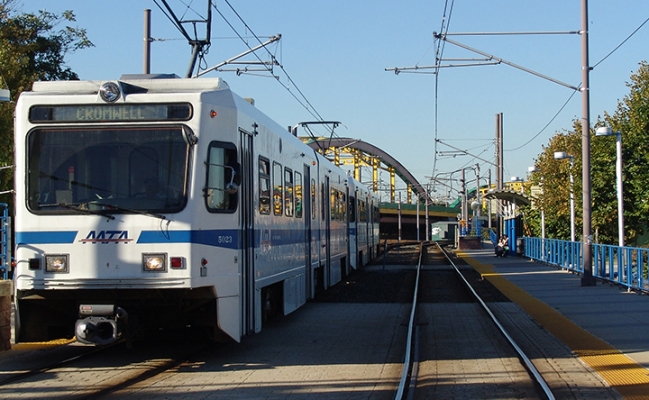The video begins at 1:25.
The transportation engineering community is advancing methodologies to encourage active transportation. Adoption of new methodologies and standards has not been widely accepted because there remain gaps in the standards by which we determine facilities are adequate, particularly in the development review process. This is highlighted in the vocabulary we use on a daily basis, we continue to consider auto traffic congestion as something that should be reduced, when in reality it can support the encouragement of active transportation. This session will describe these challenges and identify technical procedures that would allow the development of a more balanced transportation system supportive of the local policies of the community. The case study of Portland will be used to describe specific actions where the City has acted consistent with the local policy rather than blindly accepting the national Level of Service thresholds identified in the Highway Capacity Manual.


